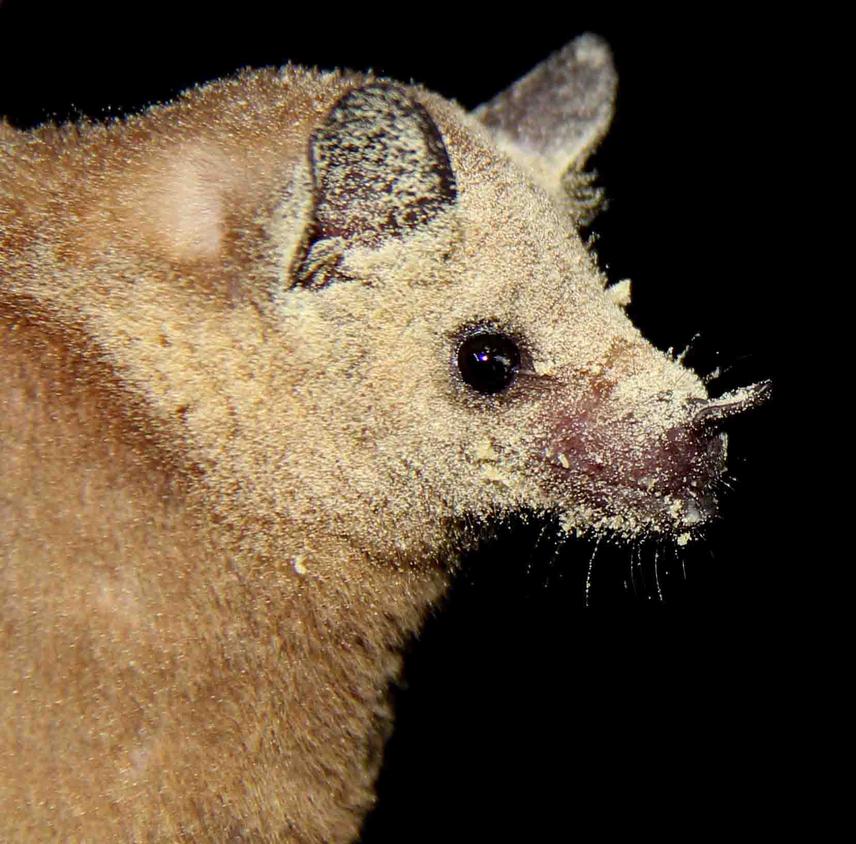Aquetzalli Nayelli Rivera Villanueva
Mexico is the domestication center of the pitaya fruit (Stenocereus queretaroensis). S. queretaroensis is adapted for bat pollination and its main pollinator is the migratory bat Leptonycteris yerbabuenae. However, the provision of this service depends on the stability of the matching seasonal phenology of plants and bats. We will work in Jalisco, the most important producer of pitaya. We have located an important roost of L. yerbabuenae facing indiscriminate culling for rabies control and human disturbance due to tourism, cattle ranching and intensification of the pitaya.
This project will contribute to a better understanding on the relationship between the phenology of the pitaya, the seasonal ecology of L. yerbabuenae and the effects of environmental conditions on both.
Results will help identify whether there is desynchronization between food availability and migration timing of nectarivorous bats caused by anthropogenic changes. Also, we will contribute to the conservation of the species by raising awareness and with direct actions.

Leptonycteris yerbabuenae. © Veronica Zamora.
Mexico is the domestication center of the pitaya fruit (Stenocereus queretaroensis). S. queretaroensis is adapted for bat pollination and its main pollinator is the migratory bat Leptonycteris yerbabuenae. However, the provision of this service depends on the stability of the matching seasonal phenology of plants and bats. We will work in Jalisco, the most important producer of pitaya. We have located an important roost of L. yerbabuenae facing indiscriminate culling for rabies control and human disturbance due to tourism, cattle ranching and intensification of the pitaya.
This project will contribute to a better understanding on the relationship between the phenology of the pitaya, the seasonal ecology of L. yerbabuenae and the effects of environmental conditions on both.
Results from this project will provide essential information about the seasonal ecology of L. yerbabuenae in the area in relation to pitaya phenology and environmental conditions, in order to detect plausible desynchronization in the occurrence between bats and pitaya flowers to help create future conservation strategies.
Also, we will contribute to the conservation of the species by raising awareness and with direct actions, in order to reduce the principal threats that nectarivorous bats in the area are facing.
We will contribute to the conservation of the species by
1) raising awareness: through talks to the community, farmers and government agencies of the agricultural sector about the importance of pollinating bats, about organic farming and the plausible threat to humans and wildlife by the use of agrochemicals.
2) With direct actions: through talks about the implications of bat culling addressed to the owner of the land where the main roost of L. yerbabuenae is located in order to ban such action; to the pitaya farmers to demand the respective authorities to stop bat culling since it is putting their cultivars at risk; to the ranchers and the respective governmental agencies to inform them how culling can increase spread of rabies and to promote alternative solutions for rabies control like livestock vaccination;
3) with the installation of cattle fencing surrounding the cave entrance to avoid human and cattle disturbance.